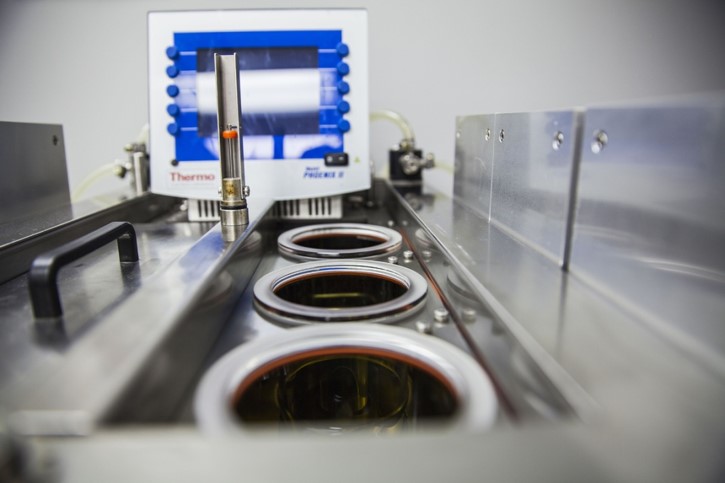- Qinsun Instruments Co., Ltd.
- Tell:+86-21-6780 0179
- Phone:+86-17740808215
- Address:No. 2578 Minhang District Gu Dai Road, Shanghai
- Contact:Mr. Li
- QQ:846490659
The measurement principle of a sugar meter

In chemical theory, sugar is a sugar without reducing properties, with a molecular formula of C: 2H2011_ To measure its content, L generally goes through a "conversion" procedure, which means that the right-handed sucrose solution is hydrolyzed to become a left-handed converted sugar solution. After being transformed, sucrose becomes "inverting sugar", which is composed of glucose and fructose in equal molecular proportions.
The unit of sucrose content is called "brix", written as oBx, which is defined as the mass percentage concentration of sucrose in a pure sucrose solution. When the hammer unit is applied to a non pure sucrose solution, it represents the mass percentage concentration of dry solids in the sugar product. Therefore, it can be said that the brix is a measure of the concentration of sugar solution. The commonly used methods for measuring hammer degree include buoyancy method, gravity method, static pressure method, refraction method, vibration method, isotope method, thermodynamic method, and conductivity method.
The portable digital sugar meter introduced in this article uses the total reflection refraction method, which works as follows: under a certain temperature environment, the concentration of a certain liquid (such as sugar liquid) has a one-to-one correspondence with its refractive index to a certain wavelength of light waves. As long as the refractive index of the liquid and the temperature at that time are measured, the concentration of the liquid can be determined.





